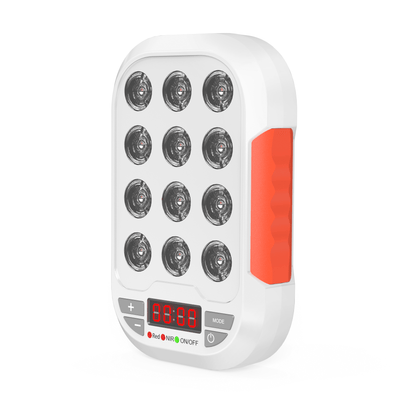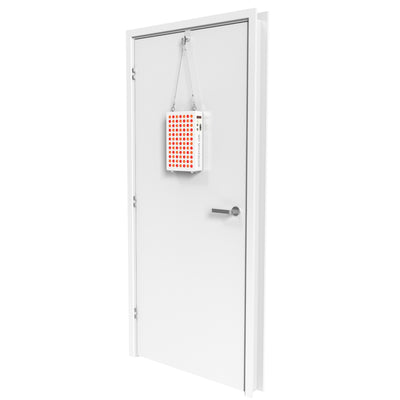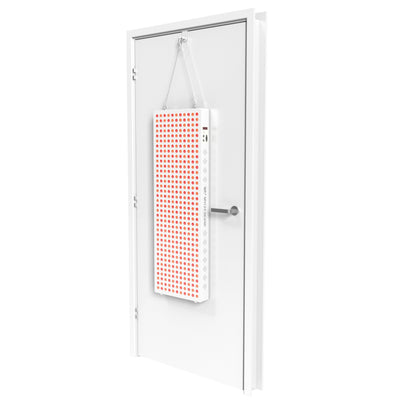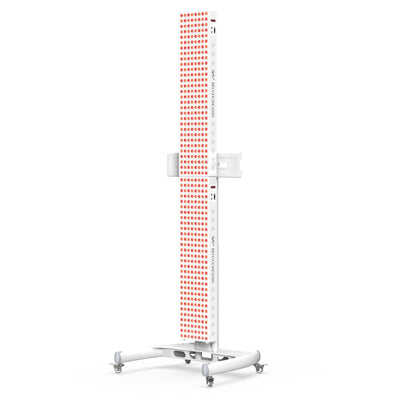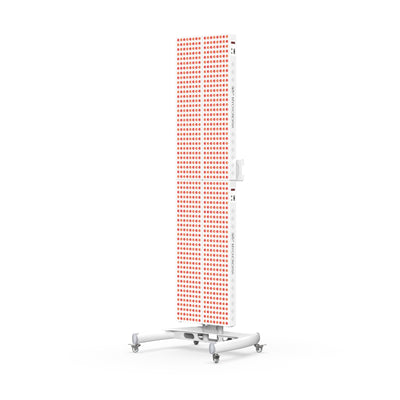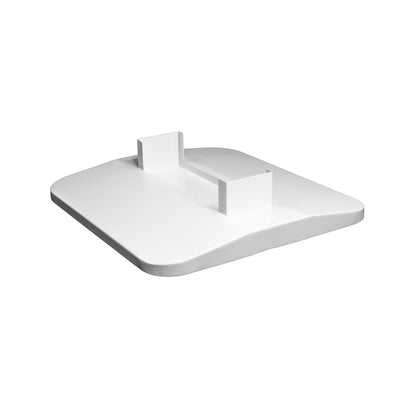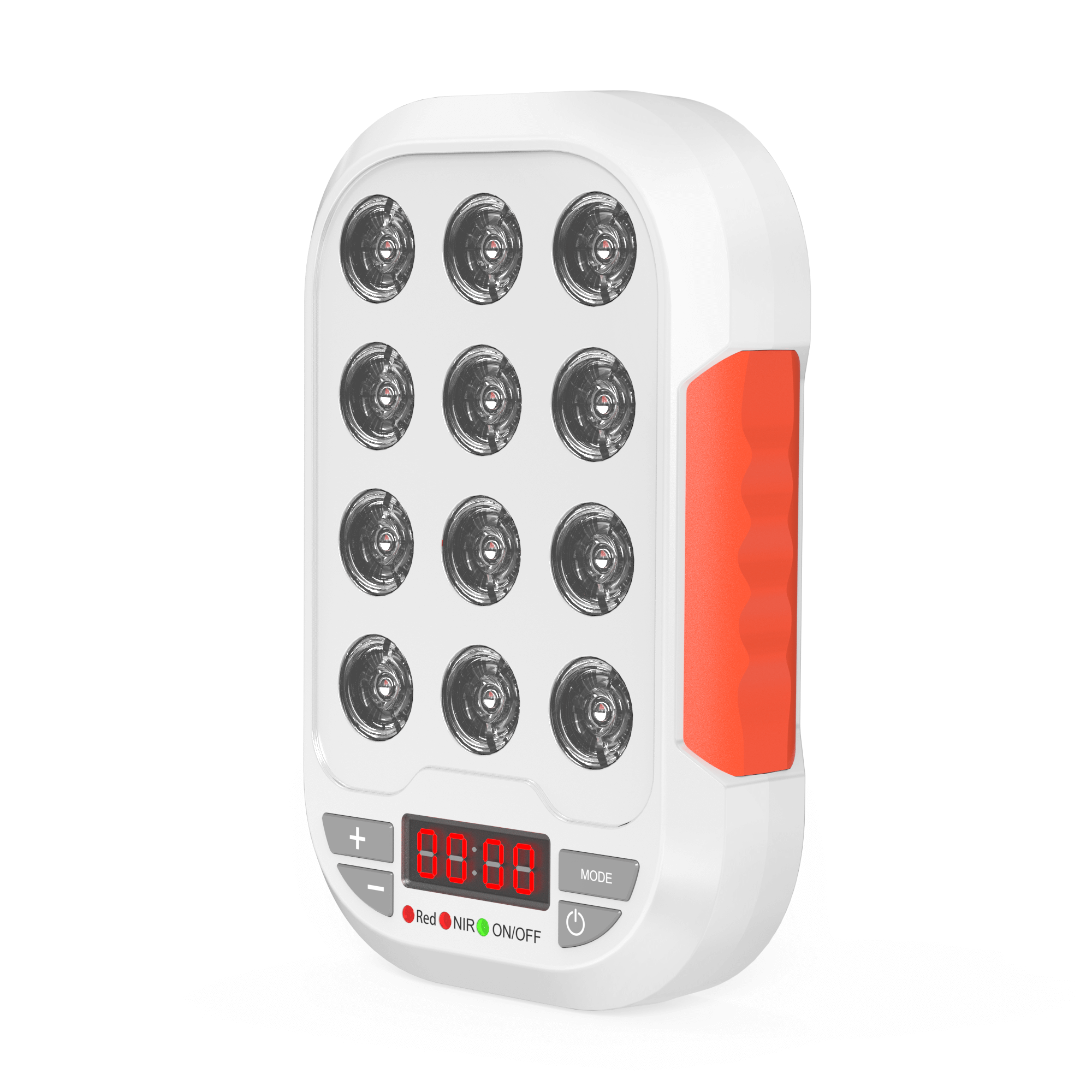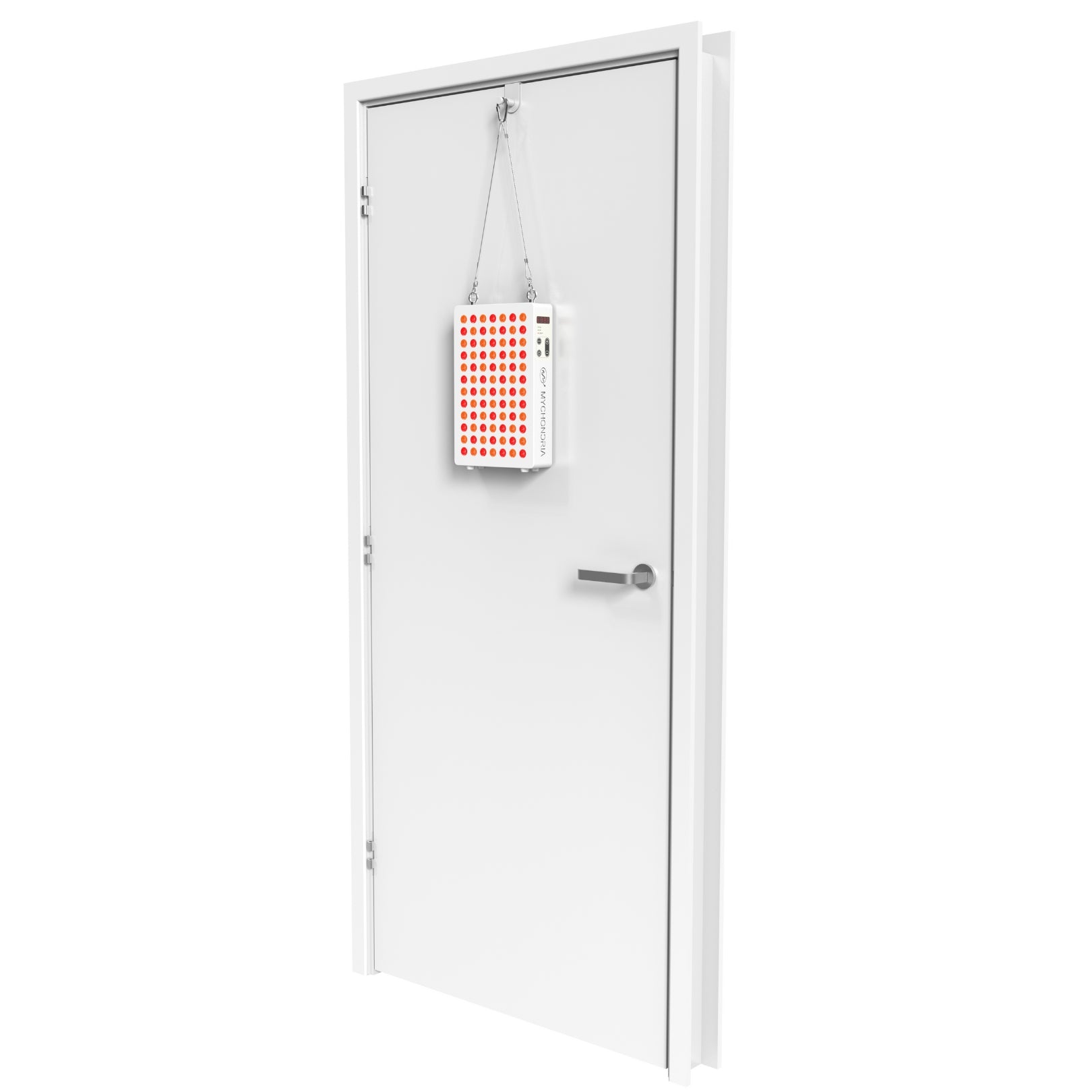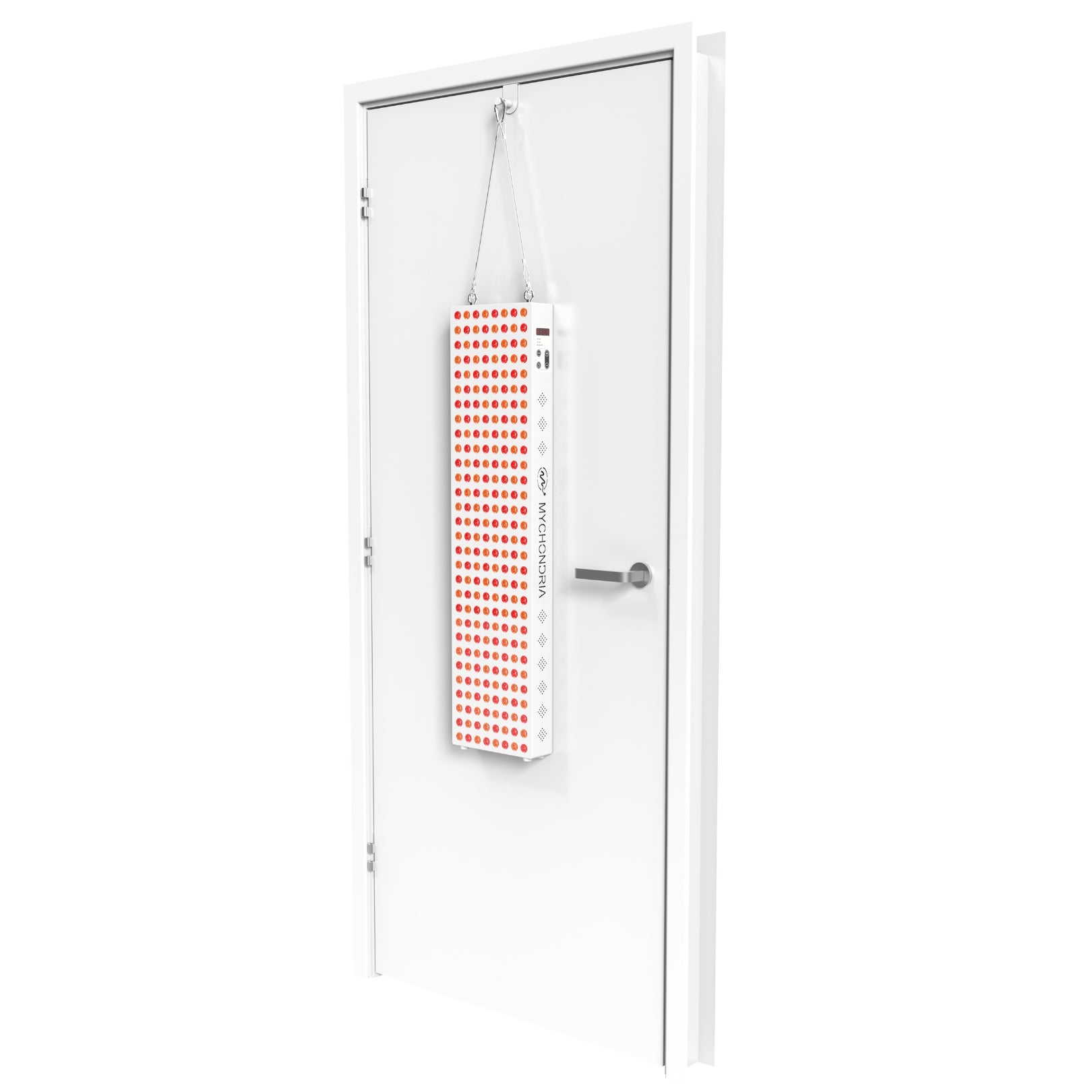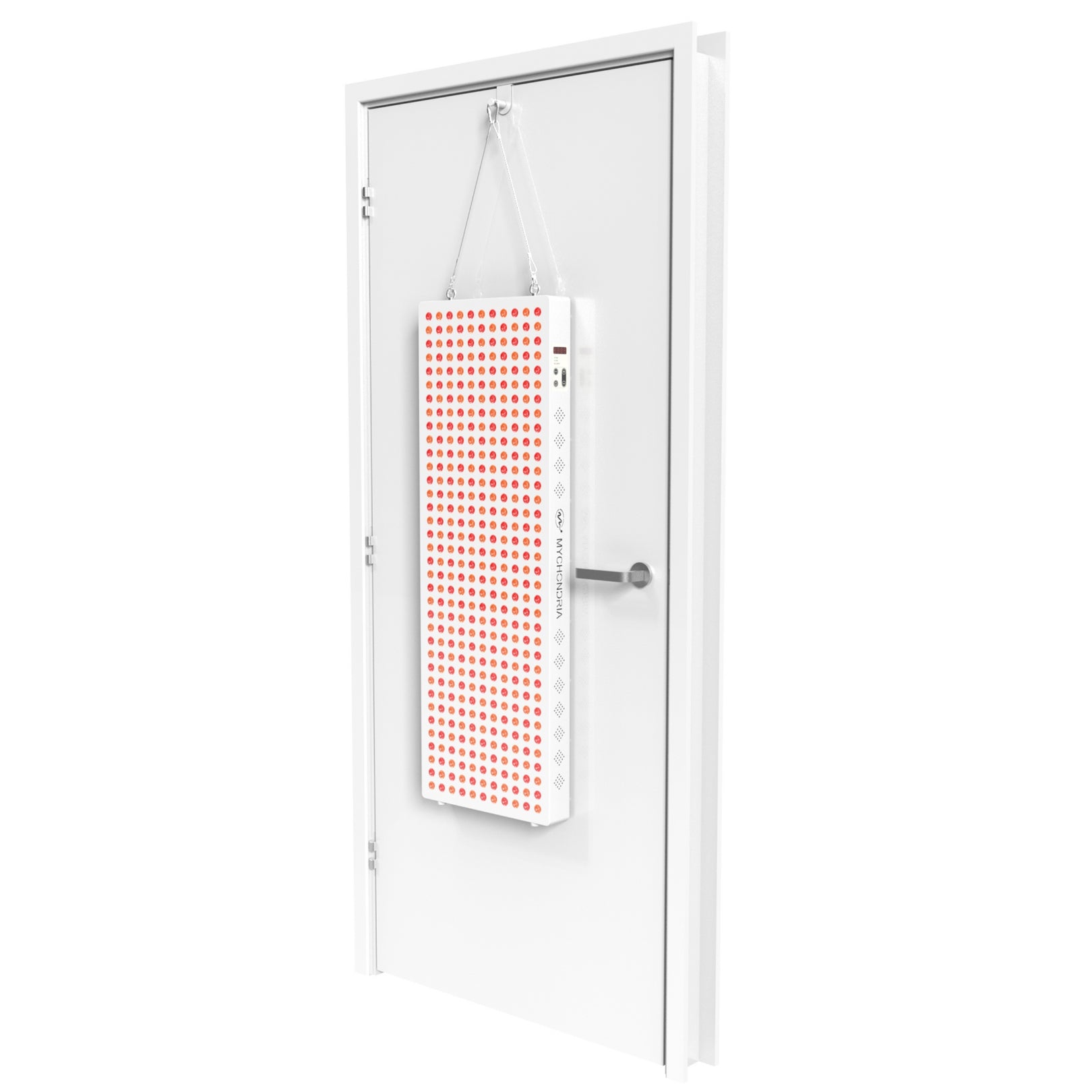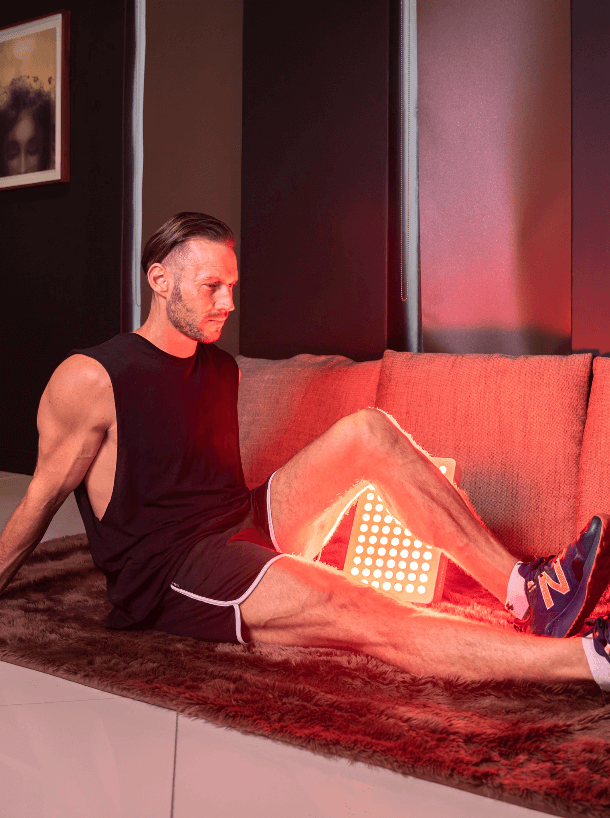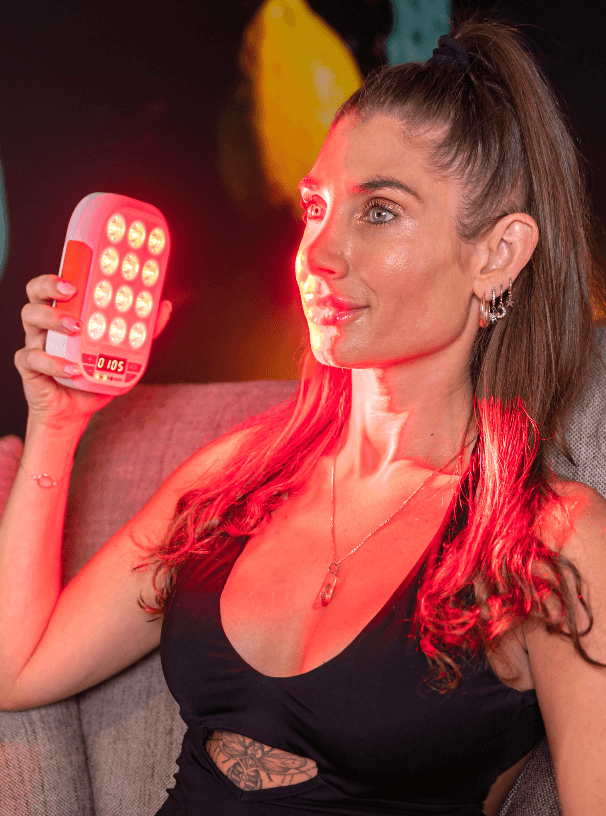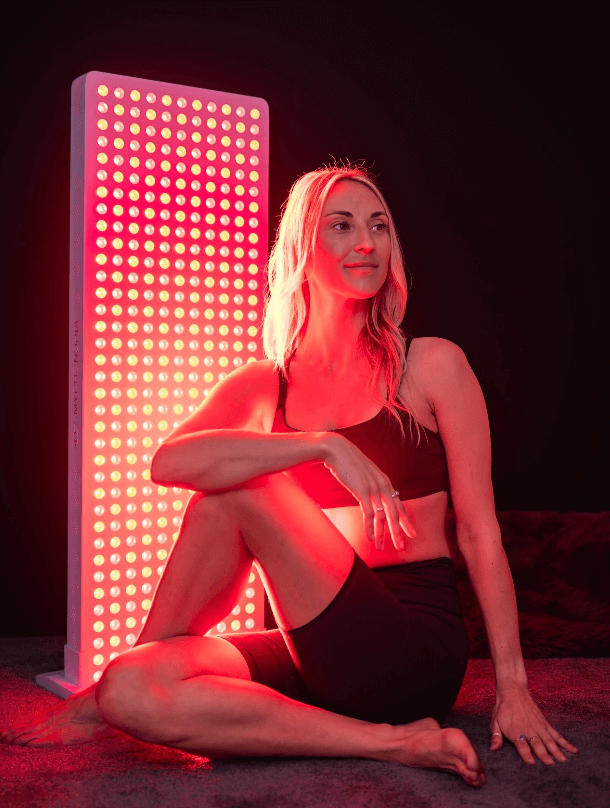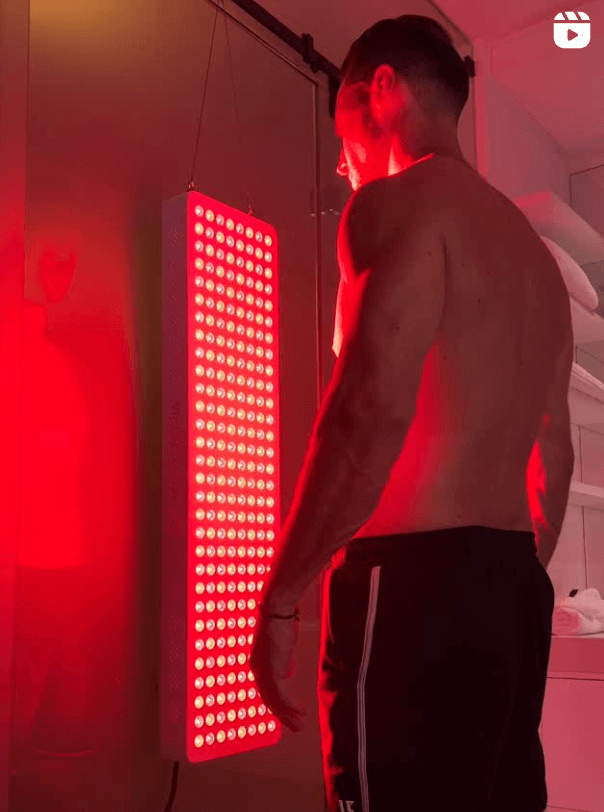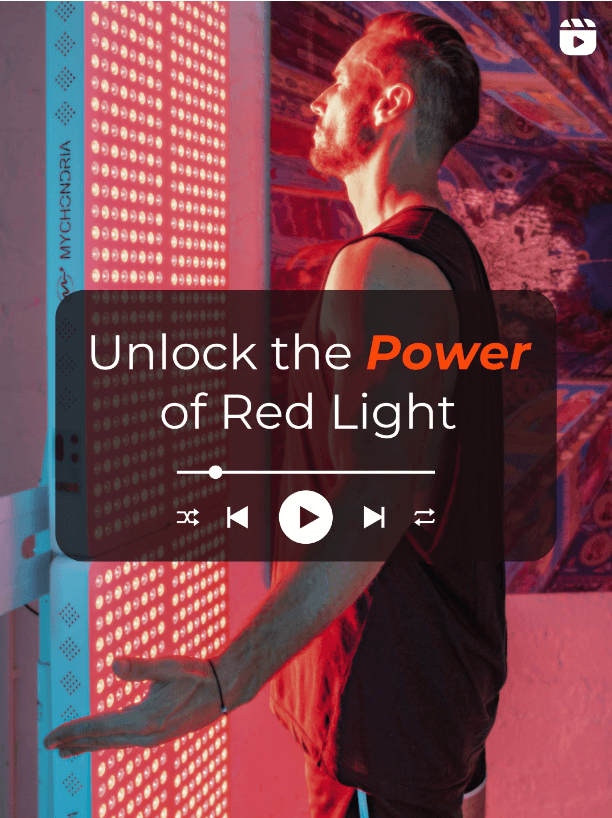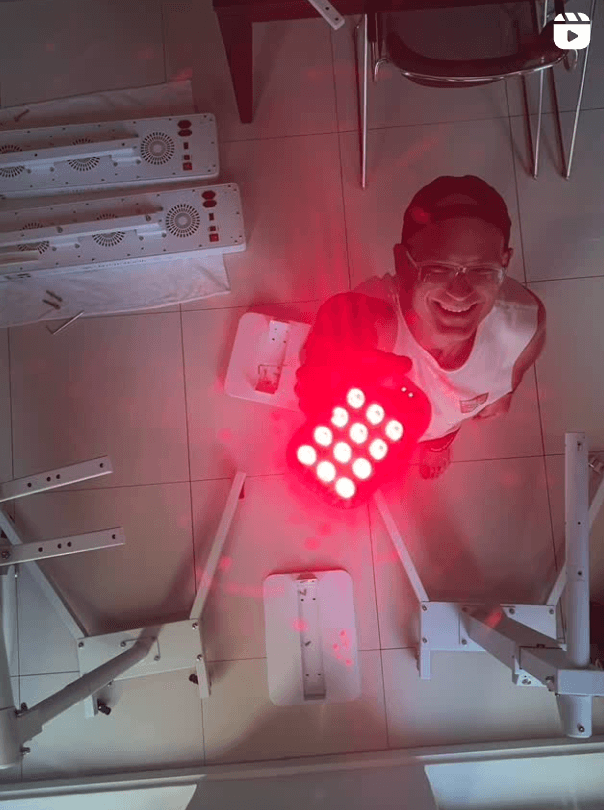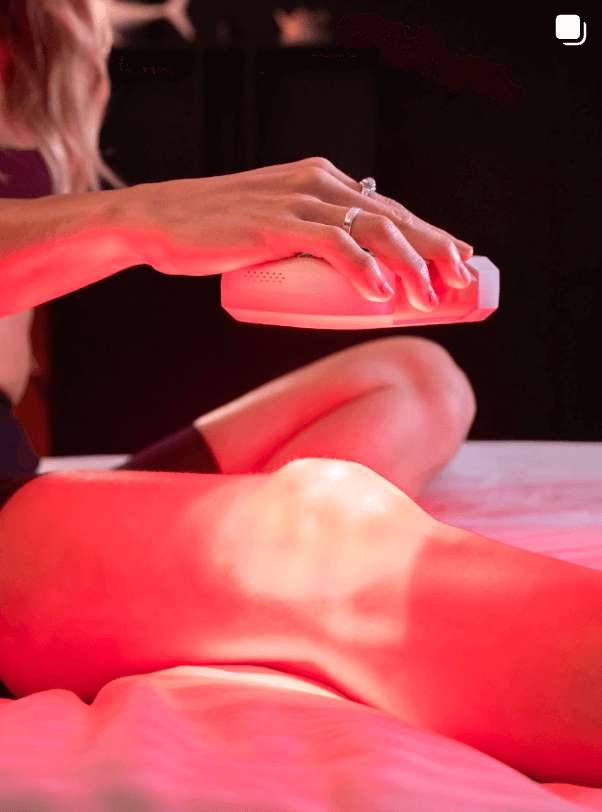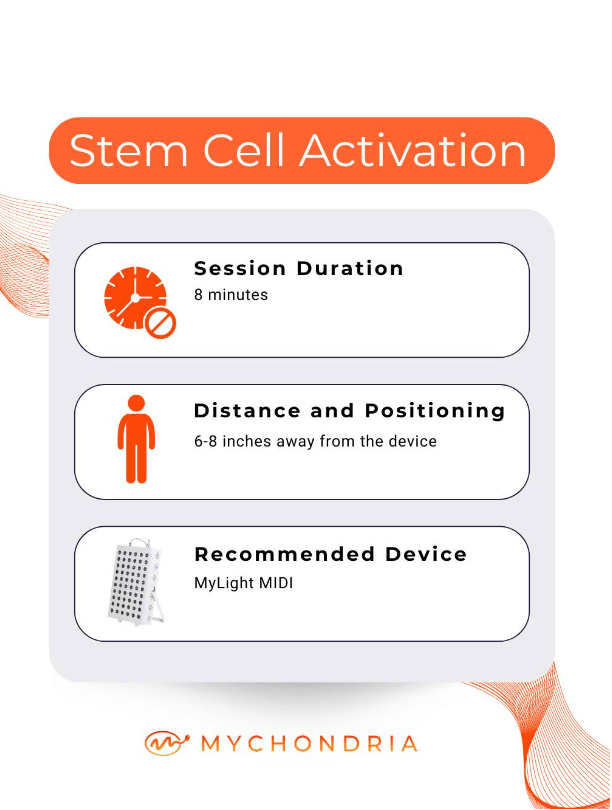There is so much 'health' information out there these.
Some people believe that sunlight is bad for, while others say it is the most important aspect of health.
Some people believe that meat is bad for you, while others say they thrive on a carnivore diet.
In order to sift through all the information, it seems that the most effective way to do this is to look to our evolutionary past, to a time where chronic diseases were nowhere near as prevalent as they are today.

Simply asking, "what did my ancestors thrive on?", seems to solve most of the puzzle.
In today's blog post we are going to apply this principle to your light diet, while comparing it to your food diet.
Let's Start With Food
While there are some people that believe meat is bad for you, and that an entirely plant based diet is the healthiest choice, this seems to fly in the face of how our ancestors lived.
From a seasonal point of view, many plants would have only been available in certain seasons of the year, whereas meat would have been available year round.

There is also a wide range of evidence to support the fact that humans evolved eating an animal-based diet, including:
- Historical use of hunting tools
- Butchery marks in bones found in areas where humans lived
- Cave paintings of humans hunting
- Human anatomy (acidic stomach, smaller stomach size than herbivores)
- Existing hunter-gatherer tribes, such as the Maasai, who eat almost entirely meat.
What Light Diet Did We Evolve Under?
When you look at the type of light we would have been exposed to in Nature, you see a similar concept where certain types of light were more abundant.
The longer wavelengths of light (red and infrared) have always been a major component of sunlight, regardless of the time of day or year.
And if we were exposed to light at night, it would have been primarily from fire, which also has a very high component of red and infrared light.
Compare this with the shorter wavelengths of light, such as ultraviolet (UV) and blue light, which vary greatly according to the time of day or year.
(For clarity, the graph below shows the colors of light, from left to right, as shortest to longest in wavelength)

So, while we believe a balanced approach to your diet is appropriate, that being an animal-based diet which allows for fruit/vegetables when they are in season, a similar approach must be applied to your light environment.
The major component of your light diet should be red and infrared light, whereas the amount of blue/ultraviolet light should vary across the season/time of day.
What Happens When You Live Under Artificial Light?
When you're working inside, under traditional artificial light, then you’ll be exposing yourself primarily to the shorter wavelengths of light - most notably blue light, and very little to no red and infrared light.
This is because modern bulbs remove the longer wavelengths of light in order to be more energy efficient. Compare an old-school incandescent bulb with a standard LED below.

When you're inside, living under artificial light, you are essentially on a vegan light diet.
You are getting excessively high concentrations of blue light, which should be varied across the day, and you are removing the major component of light you should be exposed to, namely red and infrared light.
At Mychondria we firmly believe that this is why red light therapy leads to such profound results for our customers.
Since almost all of us have schedules which don't allow us to get outside enough, our cells are literally starving for red and infrared light.
Red light therapy doesn't involve any 'magical process' - rather it is just reconnecting you with a natural process you would have if you were living in Nature.
In Closing
If you are someone that believes that meat is good for you, then you will undoubtedly know that the source of the meat (free-range/hormone free) is extremely important.
Similarly, getting your red and infrared light from a higher quality source will yield much better results.
If you’re looking for one of the best red light therapy devices on the market, then look no further than the MyLight collection below.
View The MyLight Collection >>>

